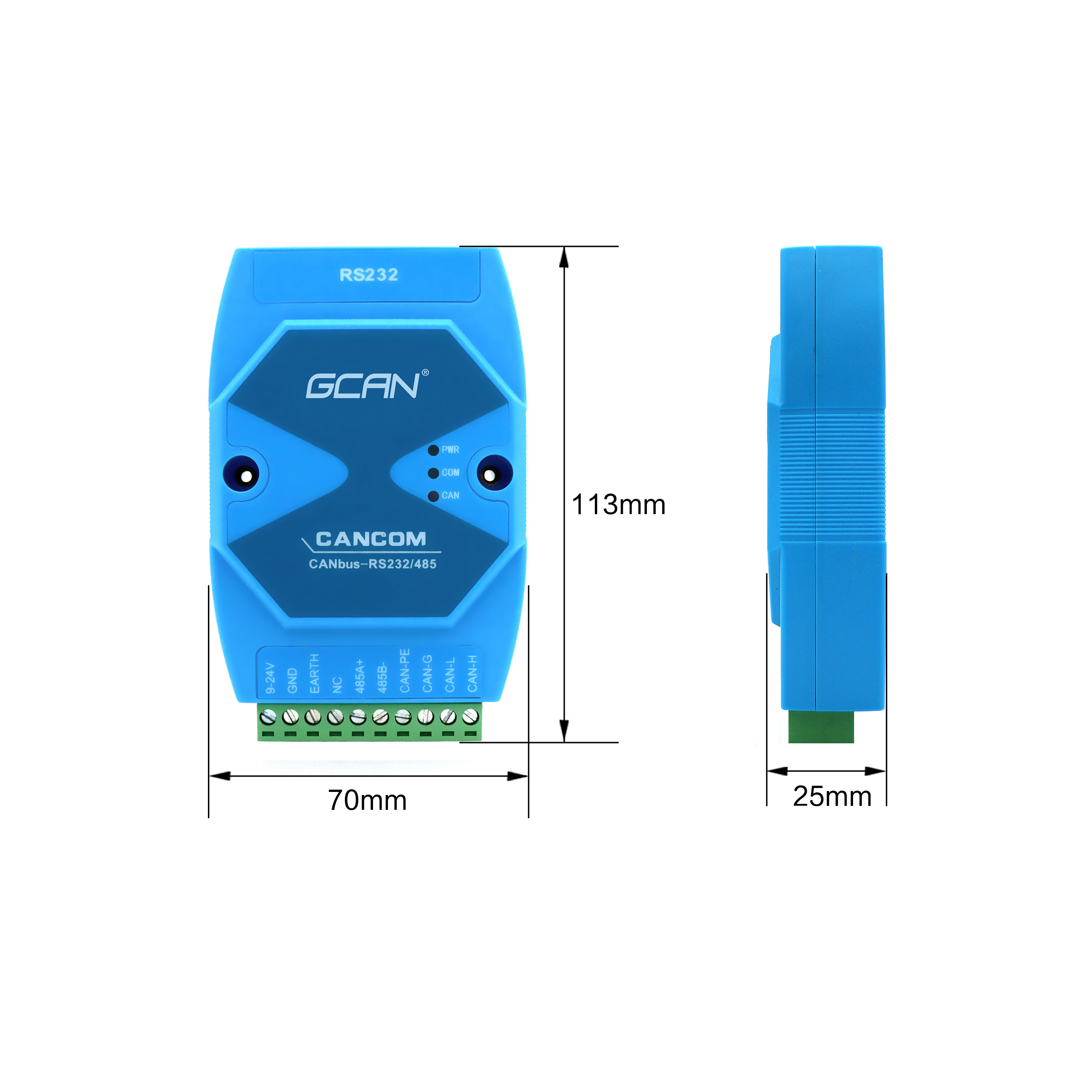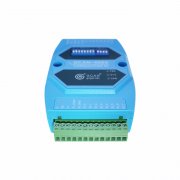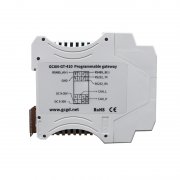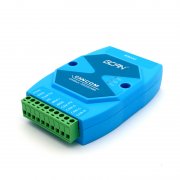GCAN-207 description and configuration instructions
CANCOM is an industrial grade CAN bus and serial bus communication connector (bridge) that integrates a standard CAN bus interface and a standard serial interface (RS-232 / RS-485). Using the CANCOM module, the user can communicate with the device using the RS-232 / RS-485 bus and obtain the CAN bus communication interface without RS-232 / RS-485 without changing the original hardware structure. The connection between the communication device and the CAN bus network forms a CAN bus network control node for data processing and data acquisition in the CAN bus network domain. When the CANCOM module is operating normally, it monitors the status of the CAN bus and the RS-232 / RS-485 bus in real time. Once it detects that the bus side has received the data, it will immediately parse it. And the respective buffers are loaded, and then the bus sent to the other side is processed and converted according to the set working mode to realize the conversion of the data format. The CANCOM module is a key tool for industrial bus retrofits and interconnection of various bus devices. At the same time, the module is compact and plug-and-play, making it the best choice for portable system users. The various bus interfaces of the CANCOM module integrate an isolation protection module to prevent damage to the module due to transient overvoltages and overcurrents. The DIN rail mounting method makes it easier to integrate into a variety of control cabinets. If you use the CANCOM module on your PC, you can use the Serial Debug Assistant software to send and receive data on the CAN bus.
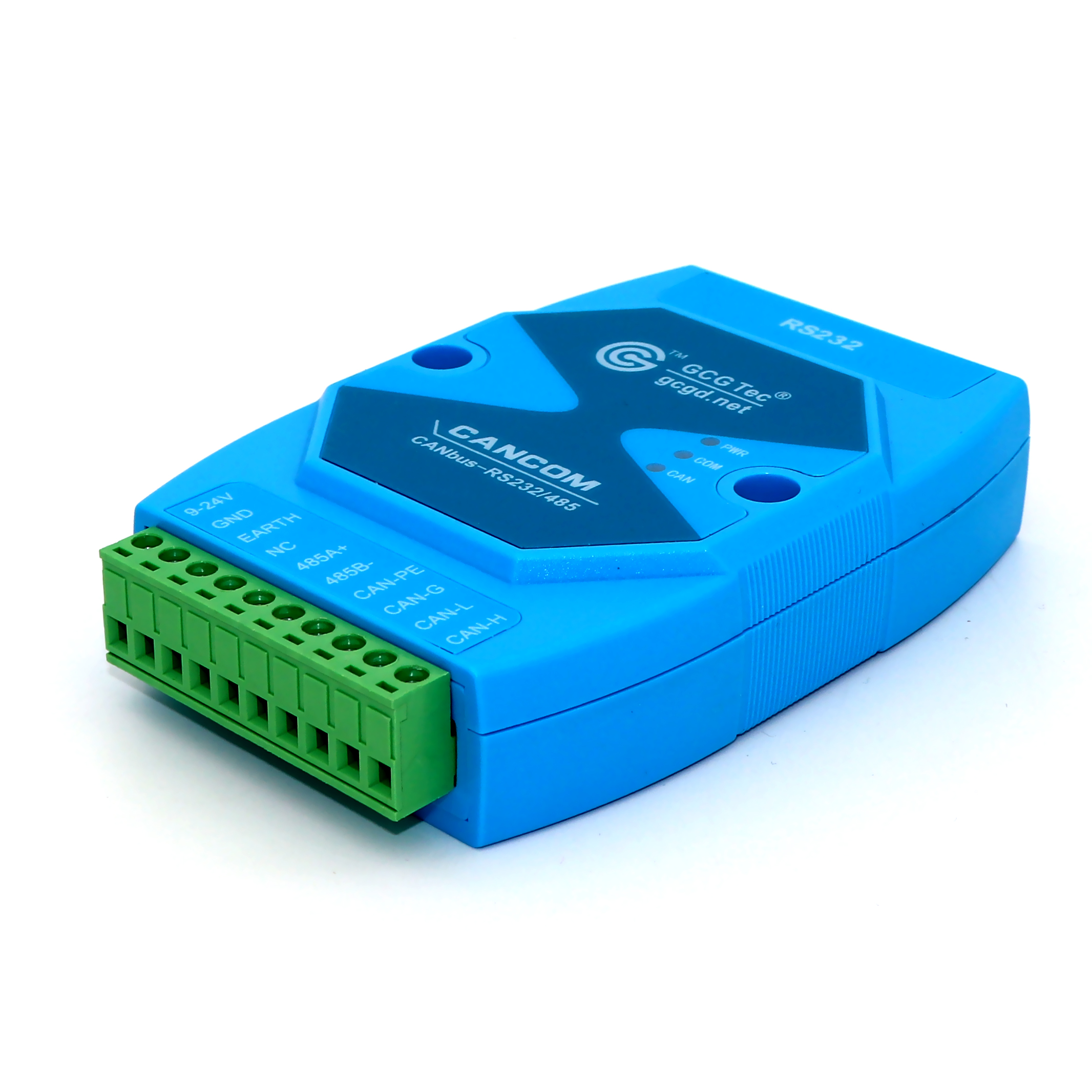

GCAN-207 module comes with RS232 interface and RS485 interface, there is no USB interface, so you want to connect with the computer, either choose a computer with a serial interface, or you need a serial port to CAN adapter cable, through the 232 end ( DB9 interface) is connected to the device, and the other end is connected to the computer. When the GCAN-207 device is powered on, we need to use the ejector pin to light the reset button on the DB9 interface of the module. At this time, the COM light and the CAN lamp of the module flash alternately. This means that the module enters configuration mode. After completing the above steps, we open the device manager of the computer and find the serial port number of the device. At this point, the device can be configured normally. Device configuration: When the multi-function 485 to CAN module enters the configuration mode and is connected to the computer through the serial port normally, open the CANCOM-Config software to configure the module. After entering the software, select the serial port number to be connected and click “Connect Device”. establish connection. If you do not know the serial port number, you can view it by going to the device manager of the PC. After clicking “Connect”, “Read Parameter Successful” is displayed on the interface, indicating that the current configuration of the module has been read. After the software is connected, we start to configure the conversion parameters. The multi-function 485-to-CAN module supports three working modes: transparent conversion, transparent tape identification conversion, and format conversion. Support 3 kinds of conversion directions: bidirectional conversion, CAN only to serial port, only serial port to CAN. The operating mode and direction of the transition can be selected in the "Conversion parameters" tab. After all the configuration is completed, we can click "Write Configuration" to download the parameters of the module. After the parameters are downloaded, you need to power on the module again. The new configuration takes effect. Thus, all configuration operations can be completed.


